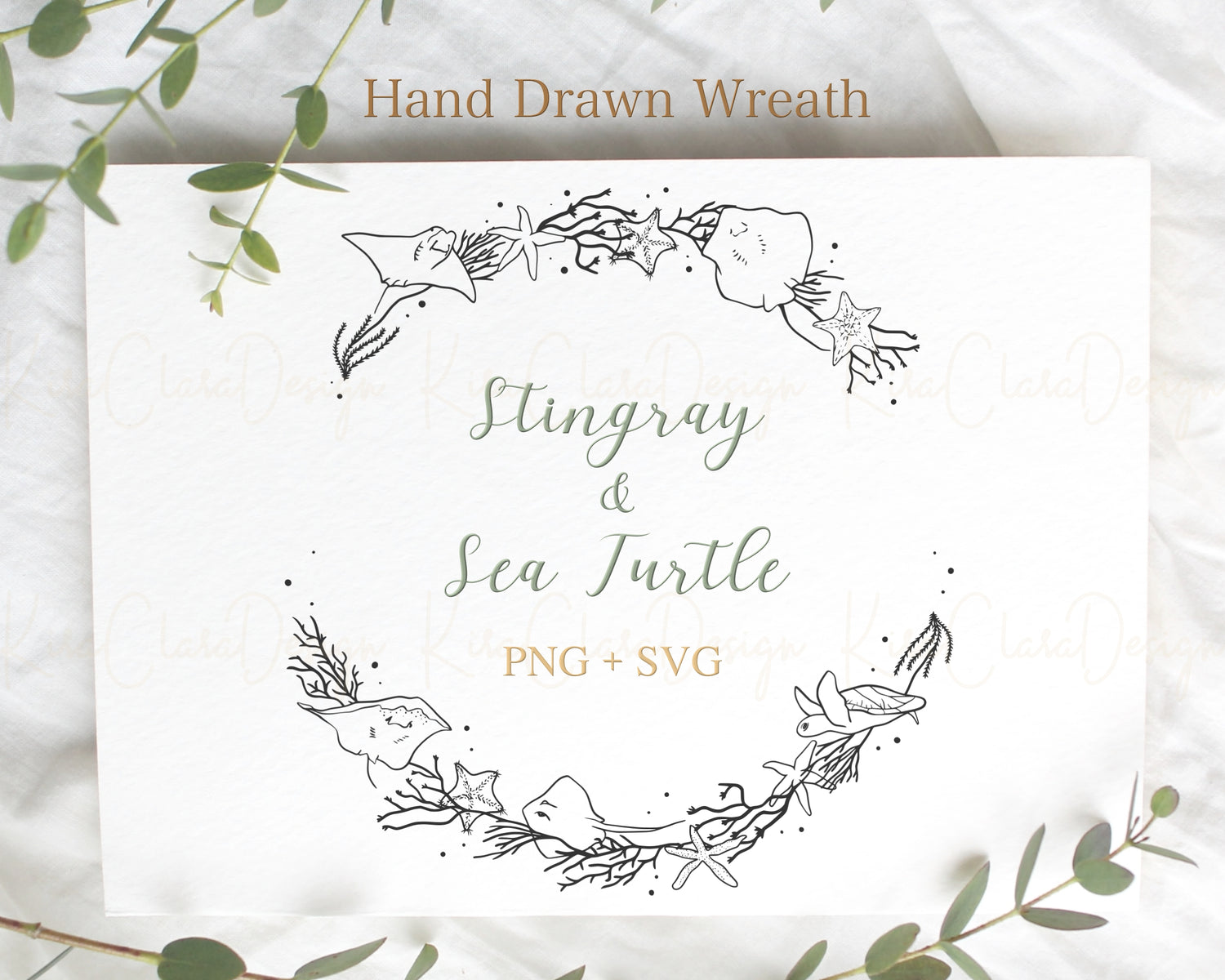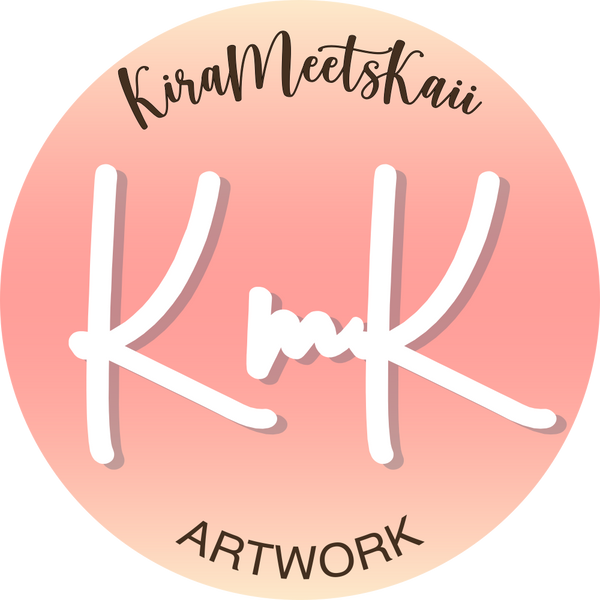Vector graphics are used in a wide range of projects across various industries due to their scalability, precision, and versatility. Here are some common types of projects that frequently utilize vector graphics:
-
Logo Design: Logos often need to be resized for various applications, such as business cards, signage, and websites. Vector graphics allow logos to maintain their clarity and sharpness regardless of size.
-
Illustrations and Artwork: Artists and illustrators use vector graphics to create digital illustrations, drawings, and paintings. Vector tools offer precise control over shapes, lines, and colors, making them suitable for detailed artwork.
-
Graphic Design: Graphic designers use vector graphics for creating designs such as posters, flyers, brochures, banners, and packaging. Vectors allow designers to scale, manipulate, and edit elements of their designs easily.
-
Web Design: Vector graphics are used in web design for creating icons, buttons, logos, and other graphical elements. Scalable Vector Graphics (SVG) are particularly popular for web graphics due to their ability to scale without loss of quality.
-
Typography and Lettering: Vector graphics are used to create custom fonts, typography designs, and lettering artwork. Designers can manipulate individual letters and characters with precision.
-
Infographics: Infographics present information and data visually. Vector graphics are ideal for creating the graphical elements of infographics, such as charts, graphs, diagrams, and icons.
-
Fashion Design: Fashion designers use vector graphics to create digital representations of clothing designs, patterns, and textiles. Vectors allow for accurate rendering of fabric textures, patterns, and garment details.
-
Product Design: Vector graphics are used in product design for creating mockups, technical drawings, diagrams, and schematics. Designers can illustrate product concepts and specifications with precision.
-
Architectural and Interior Design: Architects and interior designers use vector graphics for creating floor plans, blueprints, elevations, and renderings. Vectors enable accurate representation of architectural elements and spatial relationships.
-
Animation: Vector graphics are used in 2D animation for creating animated characters, backgrounds, and visual effects. Animation software like Adobe Animate or Toon Boom Harmony supports vector-based animation techniques.
These are just a few examples of the diverse range of projects that utilize vector graphics. Their flexibility and scalability make them indispensable tools for designers, artists, and creatives in various fields.


